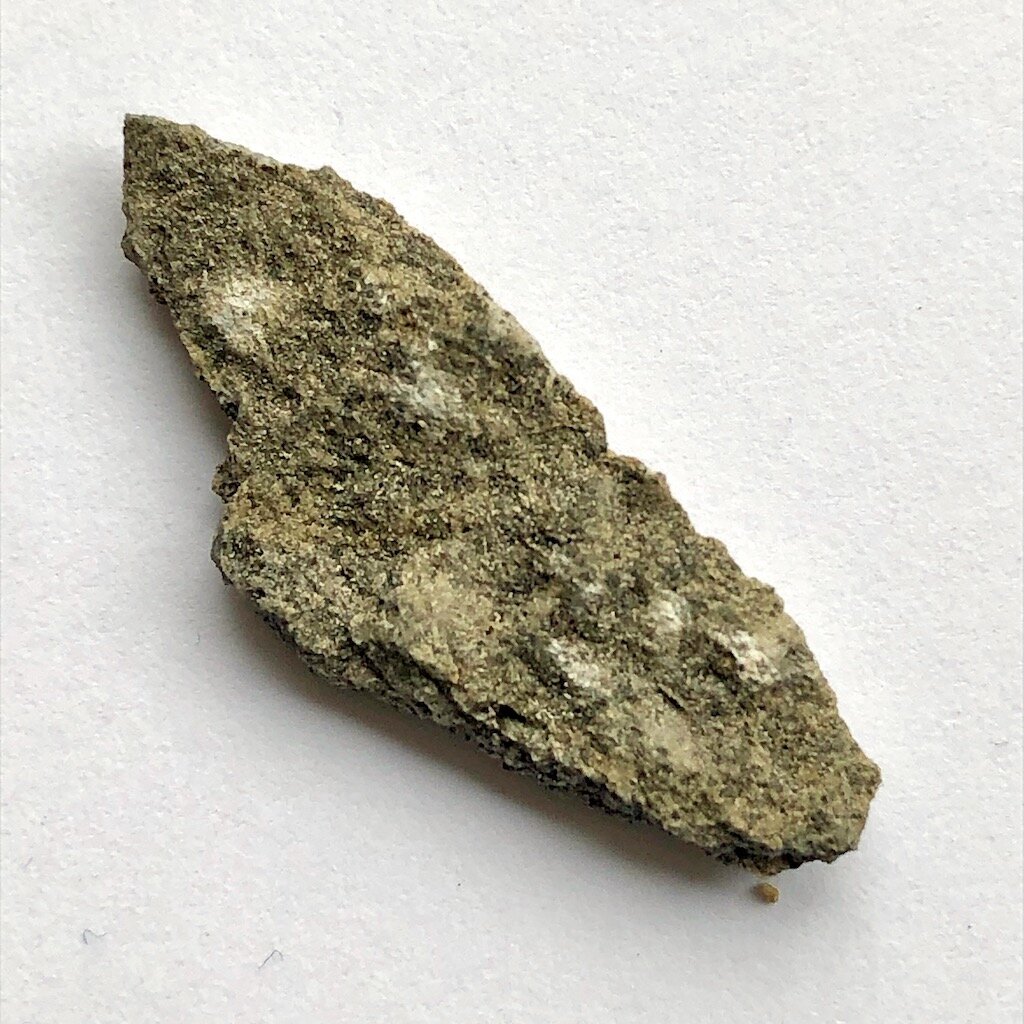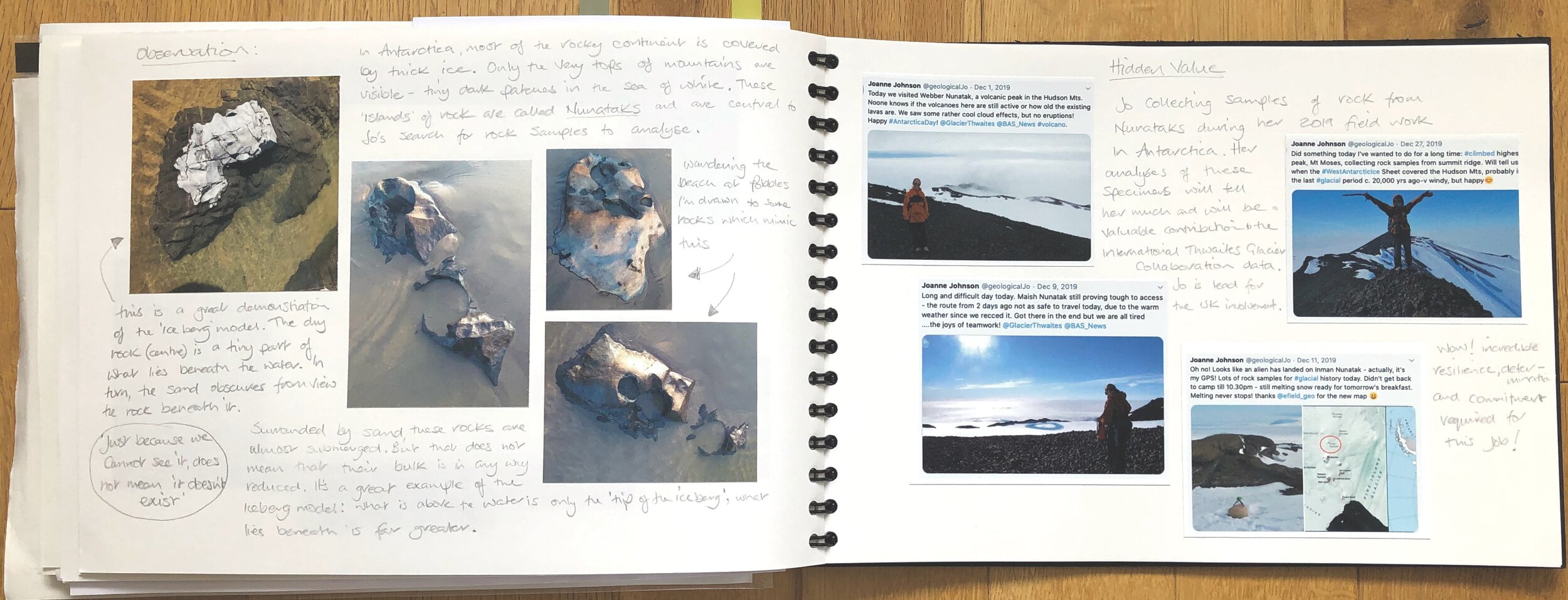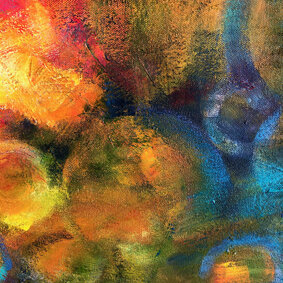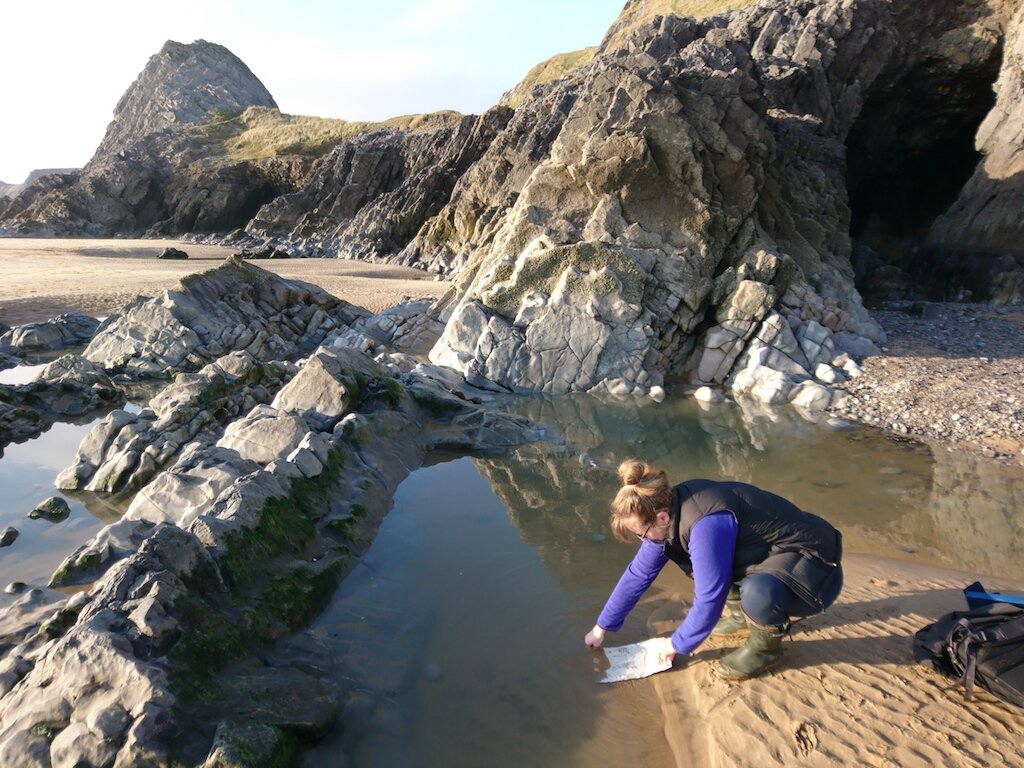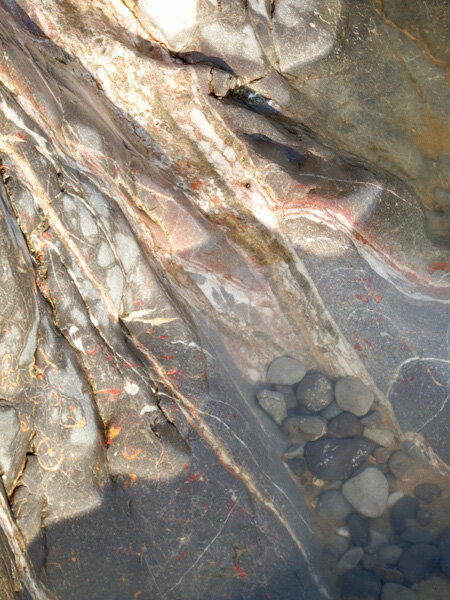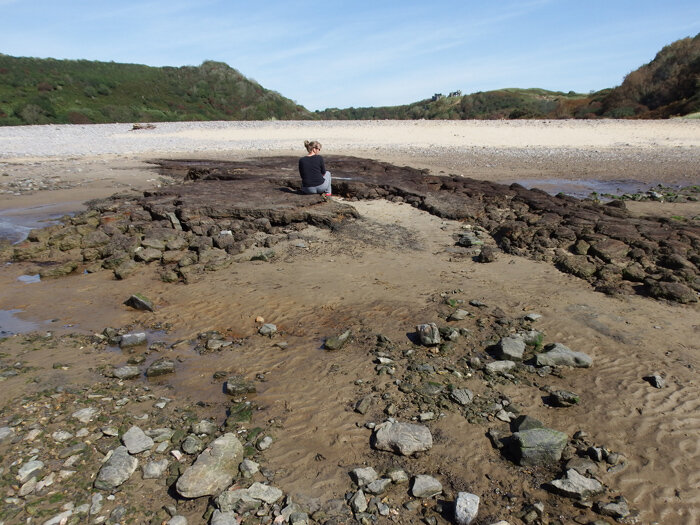A small envelope holding something precious arrived for me this week! It contained this tiny but very significant piece of Basalt rock retrieved from World’s End Bluff in West Antarctica.
The sliver of stone is a remnant from one of Jo’s valuable geology samples, which she collected herself during the 2019 field season for the International Thwaites Glacier Collaboration.
This photo shows the remoteness of World’s End Bluff, a Nunatak in a sea of ice amid the Hudson Mountains - just wow! There is no doubt that undertaking work in such extreme environments takes a special commitment, determination and resilience. I have great respect for all those involved.
I’m excited at the possibilities for using this authentic basalt specimen in my artwork in a metaphorical way. I am hugely grateful for the chance to include it. Diminutive yes but it bears enormous relevance all the same!
notes on nunataks
Nunataks are the very tops of mountains which poke through vast fields of inland snow and ice and are otherwise completely engulfed. This page from my notebook details my observations from a walk on the beach which demonstrate the concept of nunataks brilliantly - but on a tiny scale, with sand and sea instead of snow and ice. It’s the same principle!


